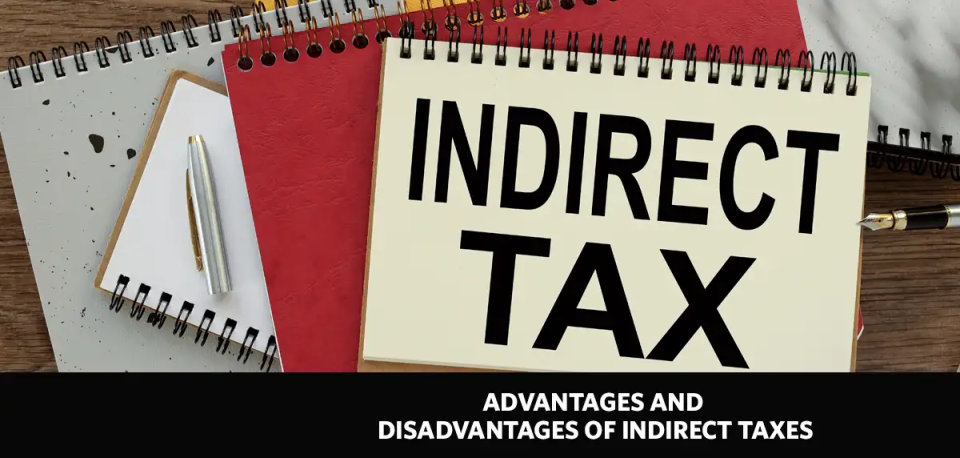Leave Travel Concession (LTC) is a benefit offered to government employees in India, enabling them to travel with their families and claim the expenses as a tax-free allowance**. Let’s explore what is leave travel concession or LTC, its benefits, and how it integrates with other financial products such as life insurance plans and investment plans.
What is Leave Travel Concession?
Often abbreviated as LTC, Leave Travel Concession is a tax-saving** measure under the Income Tax Act of India. It allows employees to travel domestically and claim a tax deduction on their travel expenses. The primary objective of Leave Travel Concession is to encourage employees to take time off for travel and leisure, ensuring a balanced work-life environment.
Here are some of the key features of LTC.
Tax Benefits:
Under Section 10(5) of the Income Tax Act, the reimbursement for travel expenses can be claimed as tax-free.
Eligibility:
Employees can claim Leave Travel Concession for themselves and their eligible family members, including spouses, children, and dependent parents or siblings.
Frequency:
Employees can claim LTC benefits twice in a block of four calendar years.
Eligibility Criteria and Other Requirements for Leave Travel Concession
To avail Leave Travel Concession or Leave Travel Allowance (LTA) tax benefits, employees must meet certain conditions set under the Income Tax Act.
The key requirements are:
Actual travel is mandatory
LTA exemption benefits can only be claimed against an actual journey. Employees may be asked to submit valid proof of travel for the same.
Only travel costs are covered
The LTA tax exemption is limited to travel expenses (such as train, flight, or bus fares). Costs of food, accommodation, or sightseeing during the trip are not eligible.
Restrictions on location
Only journeys within India qualify for an LTA exemption. International travel is not covered under this benefit.
Applicable to employees and dependents
The benefit can be claimed for the employee’s own travel, as well as for dependent family members, including spouse, children, parents, or siblings.
Limit on the number of children
LTA can be claimed for a maximum of two children born after October 1, 1998. However, this restriction does not apply to children born before the mentioned date.
Block year rule
Leave Travel Allowance can be availed for only two journeys in a block of four calendar years. These block periods are notified by the government from time to time.
Leave requirement
The employee must officially be on leave for the purpose of travel. The leave should be applied for and approved by the employer.
How to Claim LTC?**
Claiming Leave Travel Concession requires careful planning and proper documentation to ensure that the exemption is granted without issues.
Here is how employees can go about the process:
Step 1. Plan your travel in advance
Ensure your travel period falls within the designated block years notified by the Income Tax Department. If you miss claiming the LTA exemption in one block, you can carry it forward to the first year of the next block.
Step 2. Maintain travel records
To claim LTA tax exemption, employees must provide proof of travel, such as tickets and boarding passes. The travel expenses covered include transportation via air, rail, or road. However, accommodation and food expenses are not included in the tax exemption.
Step 3. Submit a claim to your employer
Collect all relevant travel documents, fill out the LTA exemption form, and submit them to your employer. Along with it, you might have to mention details like the travel route, dates, and cost of fares.
Step 4. Wait for employer verification and approval
Your employer will verify the claim against the submitted documents. Once approved, the eligible exempt portion will be deducted from your taxable income. Any non-eligible amount will be treated as taxable.
Step 5. Report correctly in your ITR
While filing your annual tax return, claim the exemption under Section 10(5). Always retain a copy of the claim form and travel documents in case the tax authorities seek clarification.
Integration with Other Financial Products
LTC can be effectively combined with other financial products, such as life insurance plans or investment products, to optimise tax benefits** and ensure financial security.
Here are a couple of life insurance options to consider.
Term Insurance
It is a pure risk cover plan providing a high sum assured at low premiums. By combining LTC with a term insurance plan, employees can optimise their tax savings while securing their family’s future.
ULIP
Unit-Linked Insurance Plans (ULIPs) offer the dual benefits of investment and insurance. Employees can invest in a ULIP to grow their wealth over time while also availing the tax benefits under LTC.
Note: As per the Union Budget of 2025, ULIPs with an annual premium of more than ₹2.5 lakhs will be considered as capital assets. Profits gained from holding such ULIPs for more than a year will be taxed at the prevailing Long-Term Capital Gains (LTCG) rate.
For ideal tax planning, consider using tools, such as the life insurance calculator and the income tax calculator. These tools give you an idea of the finances involved beforehand, so you can plan your future finances accordingly.
Leave Travel Concession is a valuable benefit that not only encourages employees to take periodic breaks but also provides significant tax advantages. By understanding what is the income tax benefit of availing a leave travel concession and integrating it with financial products such as life insurance plans, employees can optimise their financial planning and ensure a secure future for their families.





















